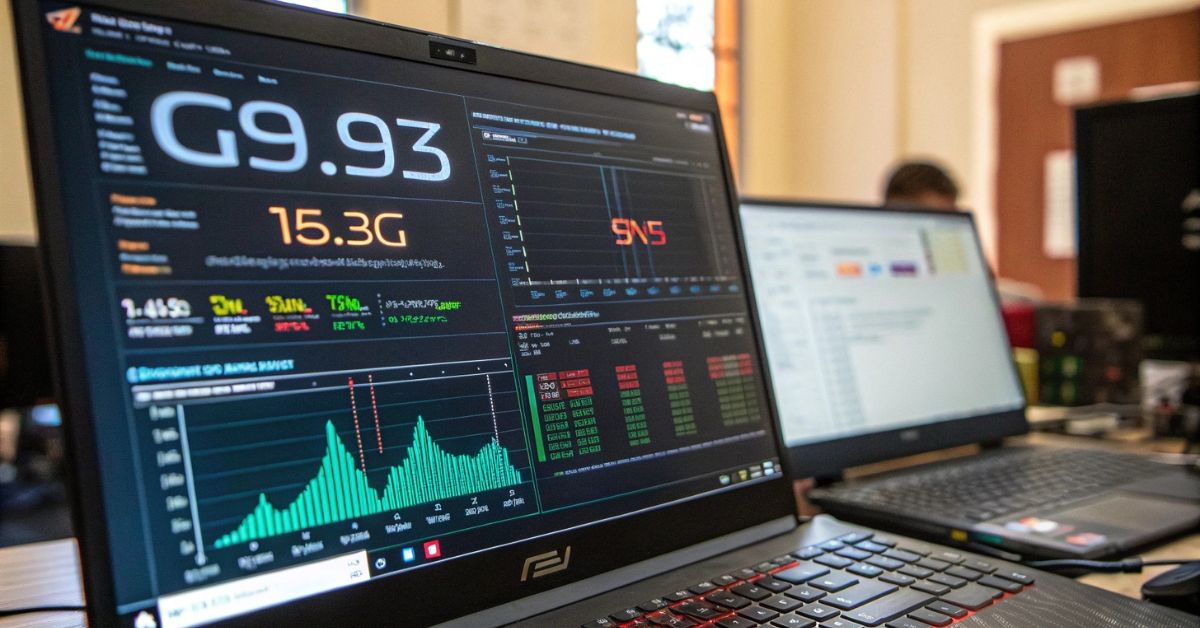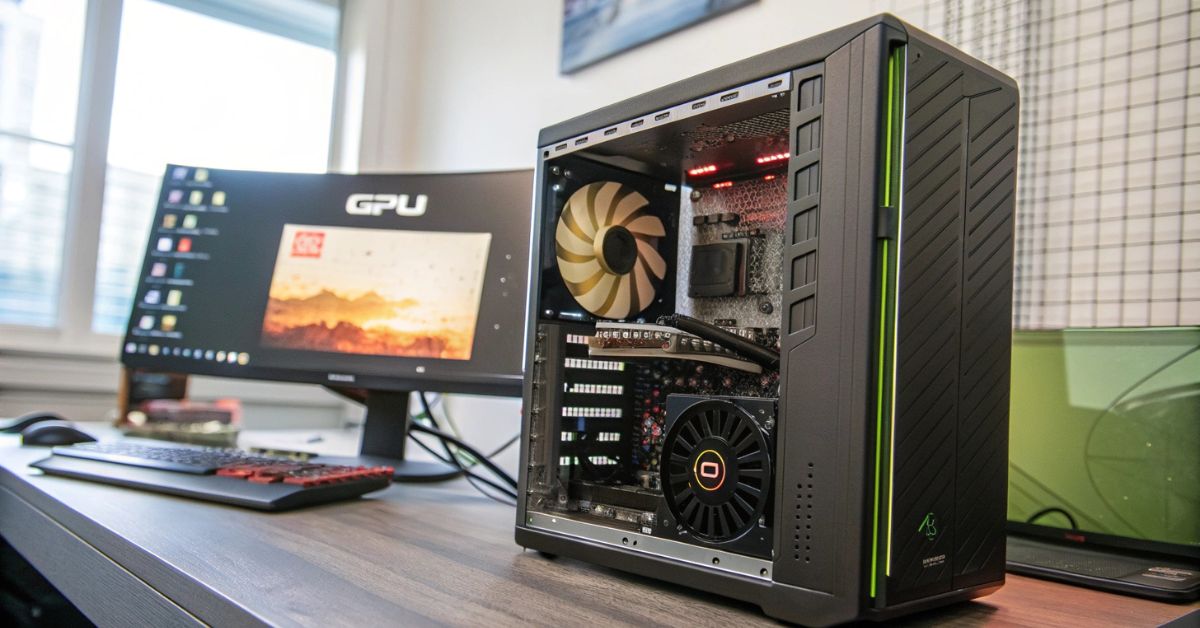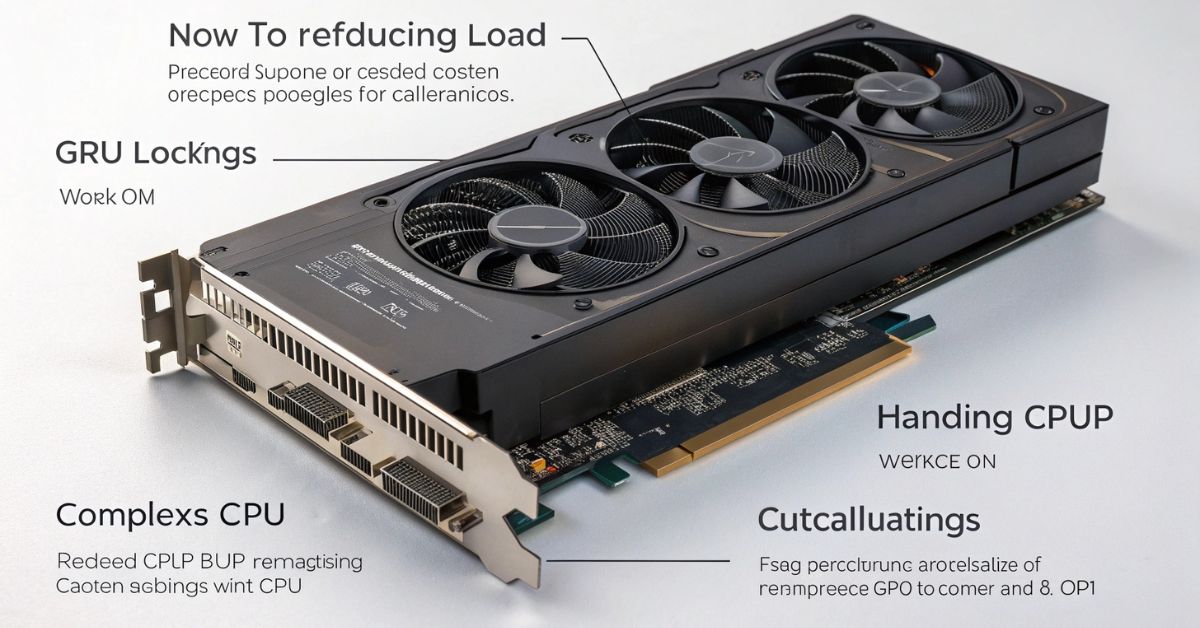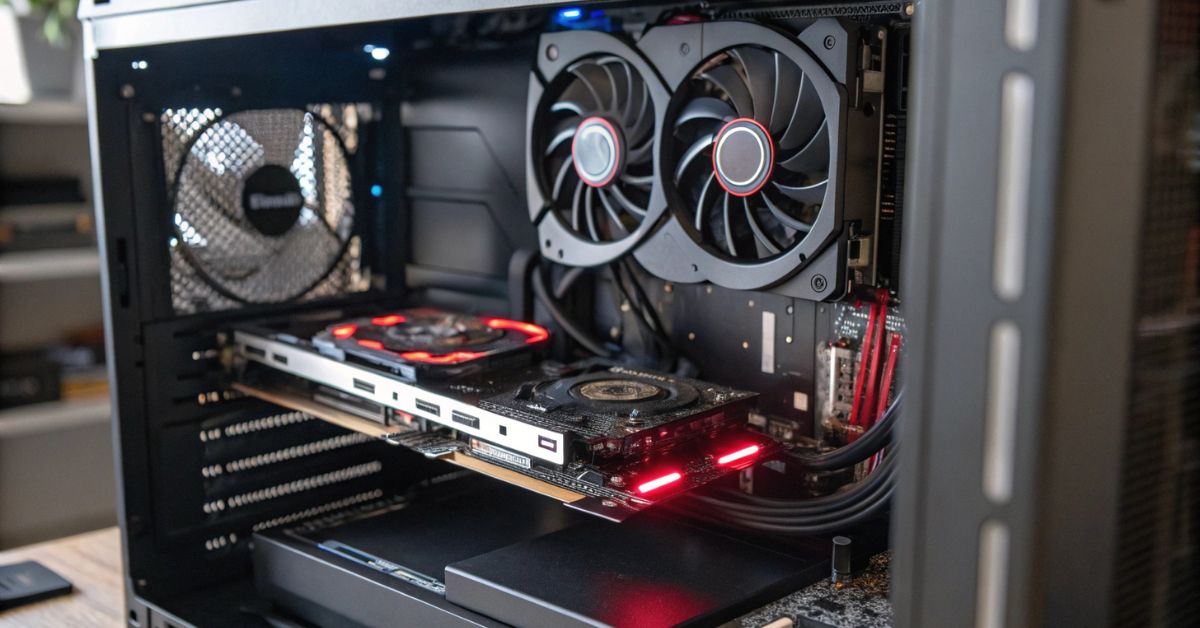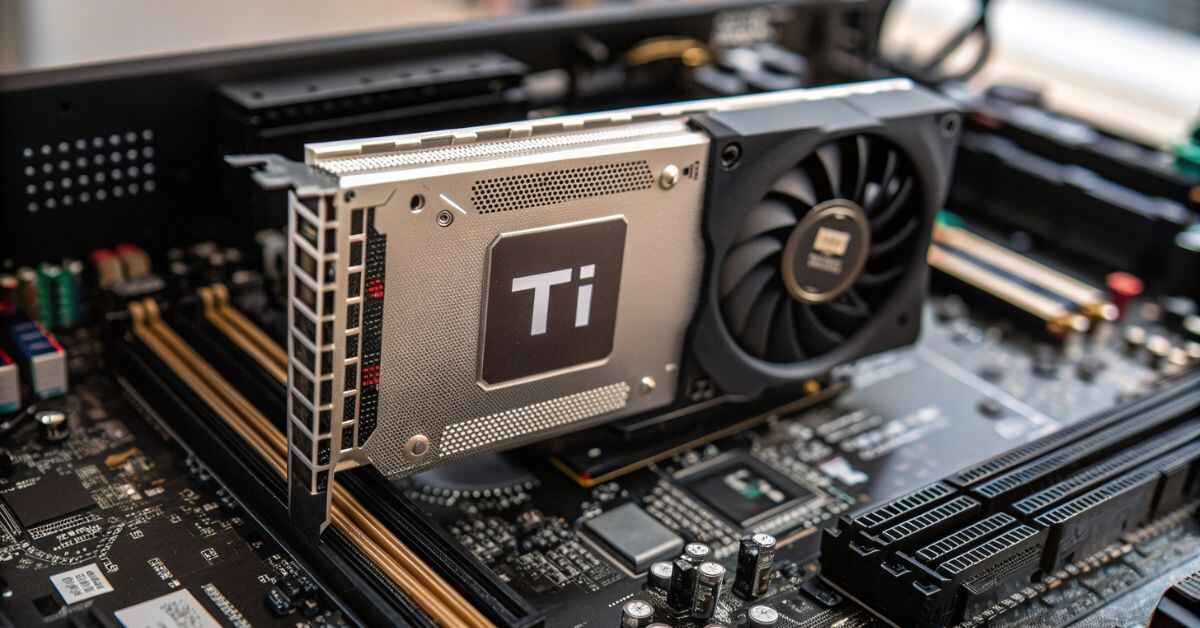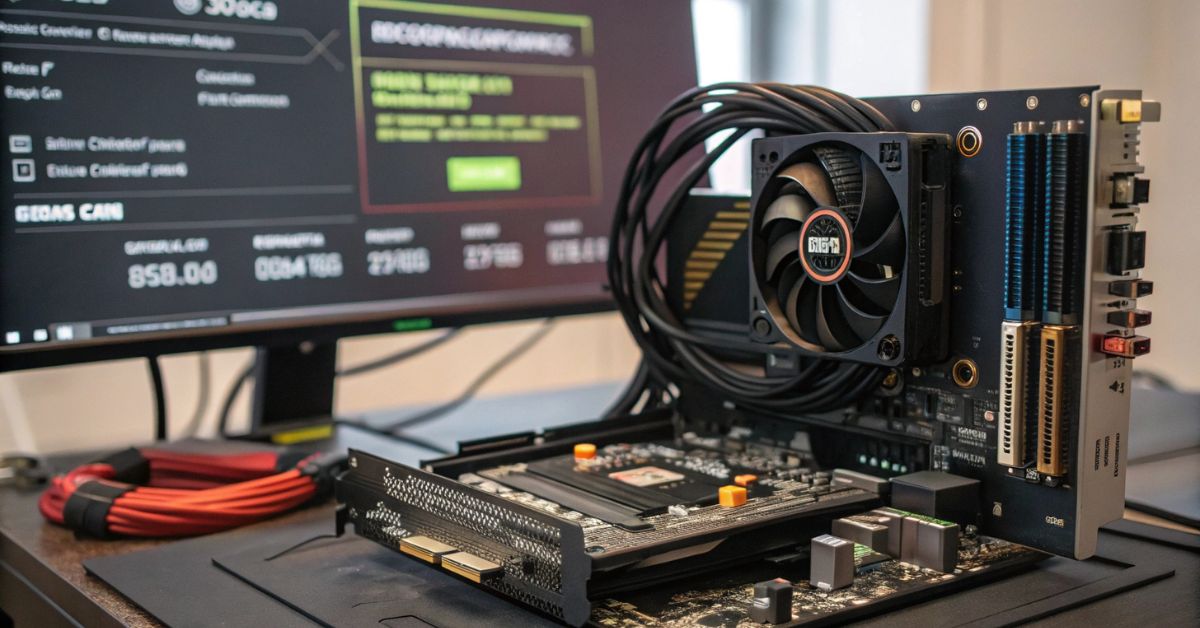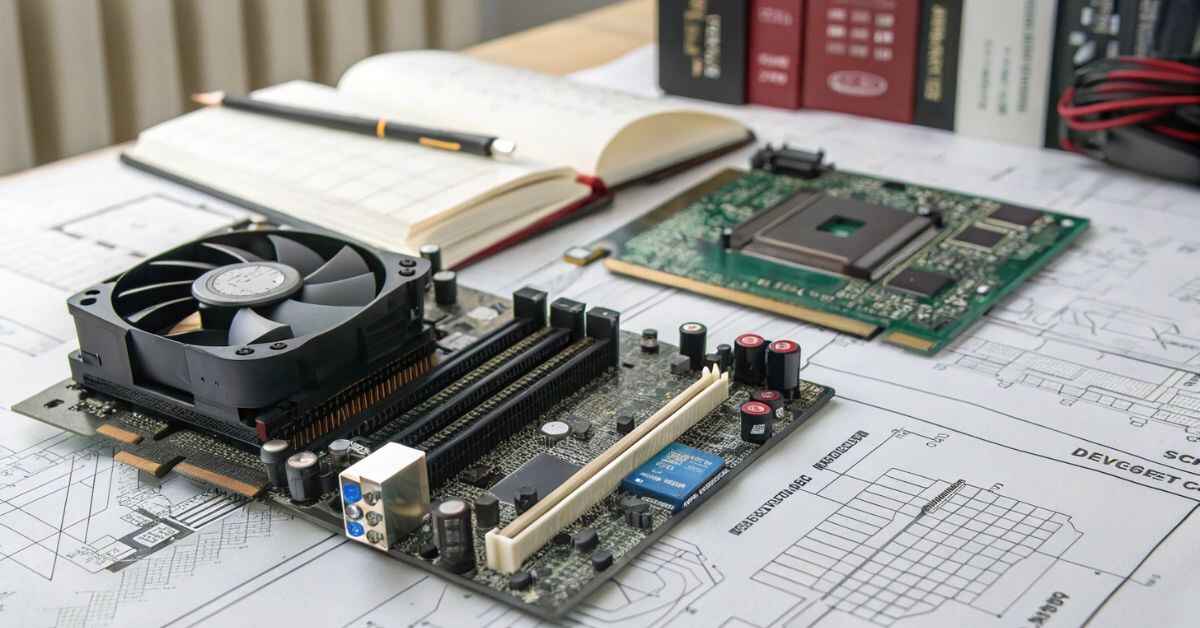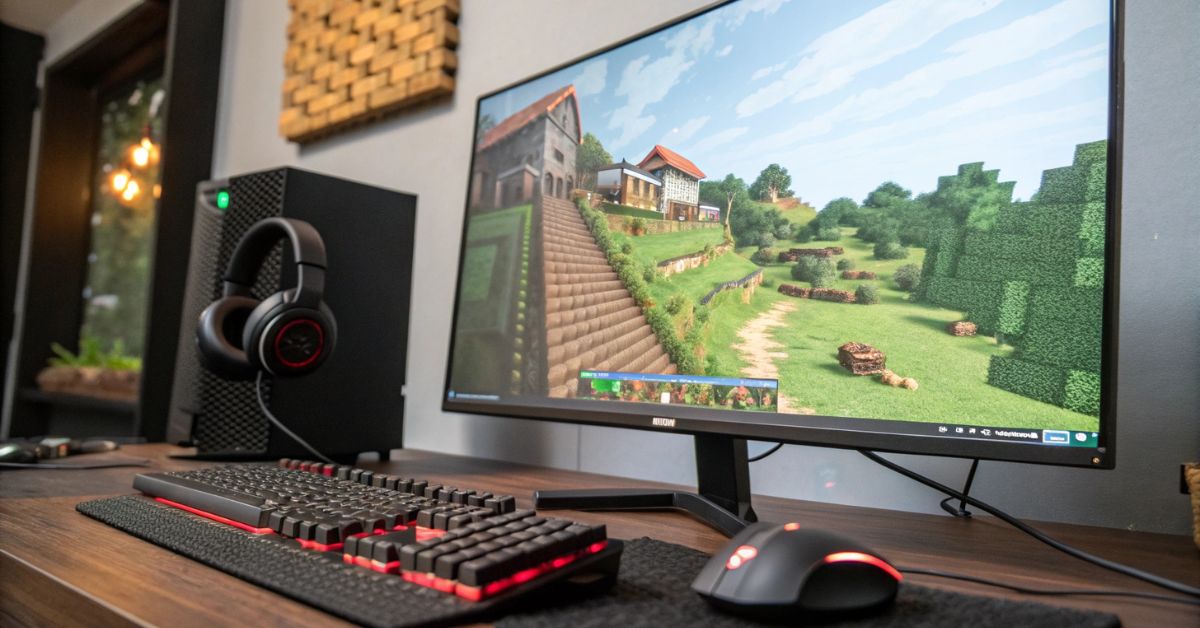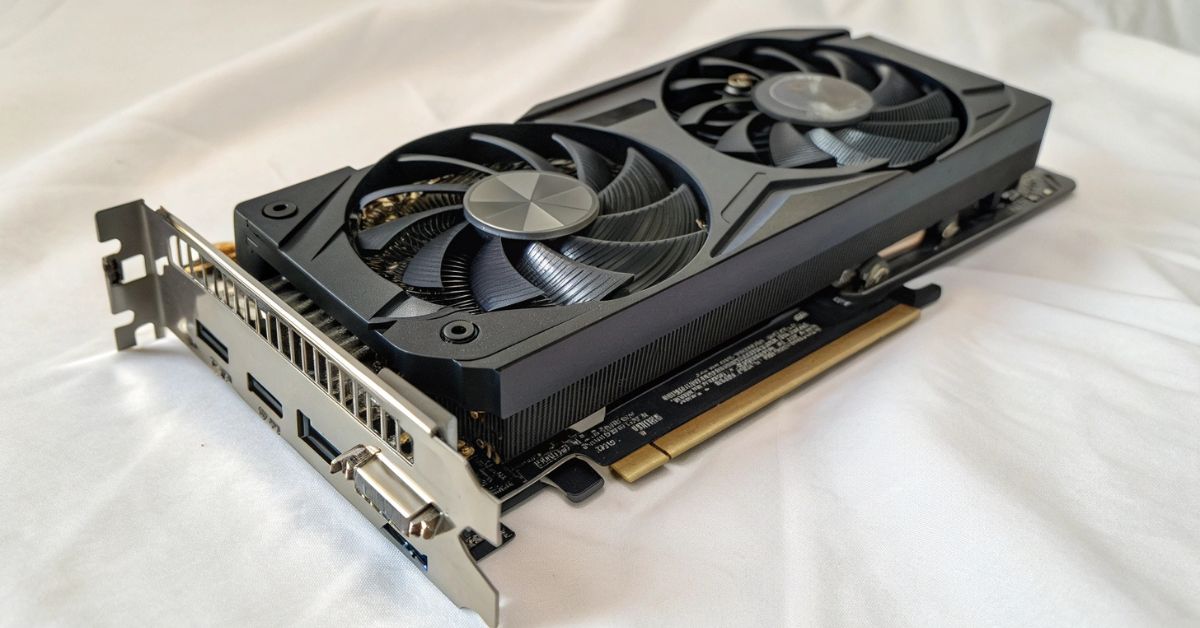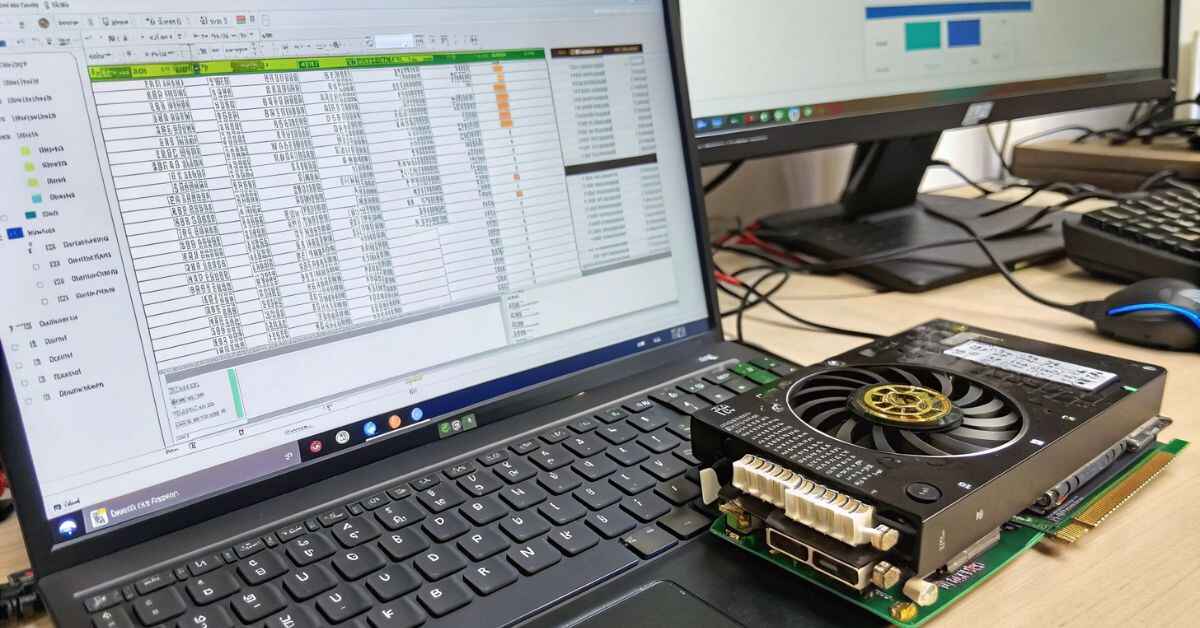When it comes to PC performance, your GPU (graphics processing unit) is one of the most important roles. A GPU not only powers gaming visuals, but also handles creative workloads such as video editing and 3D rendering. To run it efficiently, the cooling system – especially the GPU fans – must work properly.
Monitoring GPU fan speed helps you to ensure that your graphics card stays at a safe temperature and avoids overheating. In this guide, we will explain how to look at GPU fan speed using the underlying tools, third-party software and BIOS options. Whether you are a gamer, content creator, or casual PC user, this article will help you monitor GPU cooling effectively.
Why check GPU fan speed?
Before learning methods, it understands why GPU fan speed matters:
- Prevents overheating – fan speed control ensures that your GPU is not too hot during heavy use.
- Performance improvement – Stable cooling means smooth gaming and rendering.
- Extension of life span – Proper fan speed management helps your GPU last long.
- The problems quickly identify – if the fans are not spinning correctly, you can fix the problem before the damage.
GPU Fan speed:
Using GPU manufacturer software Most GPU brands such as Nvidia, AMD, and MSI fan provide software to monitor speed and control.
Nvidia Control Room / Geforce Experience Open geforce experience.
- Navigate on the Performance Monitoring Section.
- Check fan speed and temperature reading.
- AMD Radon Software (Adrenalin Edition)
Open Radeon software.
- Go to “Performance” → “Tuning”.
- See GPU fan speed and adjust the decrease when needed.
MSI afterburner
- Download and install MSI Afterburner.
- The dashboard shows fan speed (RPM) and GPU temperature in real time.
- You can also make custom fan curves.
Using Windows Task Manager
Windows offers a basic way to monitor the use of GPU, but the fan speed does not appear directly in the task manager. However, you can track GPU temperature in some Windows versions. Especially for fan speed, third-party equipment is more reliable.
Third-party monitoring equipment
- Many free and paid programs help you check GPU fan speed more accurately. Hwmonitor
- The fan speed (RPM) displays voltage and temperature.
- GPU-Z
- A lighter tool that is showing real -time GPU data, including fan speed.
- Open hardware monitor
- Open-source software for fans, CPU and GPU health monitoring.
BIOS/UEFI
Settings Some motherboards allow GPU fan motion monitoring and control via BIOS/UEFI.
- Restart your computer and press the DEL or F2 key during startup to enter the BIOS menu.
- Navigate to the hardware monitor section. Check GPU fan speed and adjust if supported.
Physical observation
If you suspect that your GPU fan is not spinning properly, you can physically inspect it:
- Turn on your PC and look at the GPU fan.
- Some fans use zero-RPM mode, which means they spin only when temperature rises.
- If the fan never rotates under heavy loads, it may require cleanliness or replacement.
Better GPU tips for cooling
- Keep your PC case dusty with regular cleaning.
- Ensure good airflow inside the case.
- Apply fresh thermal paste if your GPU goes hot.
- Use a custom fan curve for better temperature control.
FAQs:
1. How can I check my GPU fan speed without software?
You can physically observe the GPU fan or check the BIOS, but for accurate RPM reading, software such as MSI AFTERBURNER or HWMonitor is recommended.
2. What is a safe GPU fan speed?
Most GPUs run safely when the fan speed is between 30% -70% during normal use. Under heavy loads, fans can reach 100% to prevent overheating.
3. Why is my GPU fan not spinning?
Many modern GPUs have a zero-RPM mode where fans are closed until the temperature exceeds 50-60 ° C. If fans do not spin even under high load, it can be a hardware issue.
4. Can I manually control the GPU fan speed?
Yes. Tools such as MSI Afterburner or AMD Radeon software allow you to set custom fan curves for better cooling.
5. Is 100% fan speed for my GPU?
Running fans at 100% for a long time can wear and tear, but small bursts are usually safe if your GPU is overheating.
Final thoughts
To maintain the performance and health of your graphics card, it is necessary to look at the speed of the GPU fan. From using manufacturer software such as Nvidia geforce experience or AMD Radeon Adrenalin, for third-party equipment such as MSI afterburner and Hwmonitor, there are many reliable ways to monitor your GPU cooling system.
Keeping an eye on the motion of the fan not only prevents overheating, but also enhances the life of your GPU. Whether you are doing gaming, editing, or just browsing, monitoring the GPU fan speed, ensuring that your system is run smoothly and safely.
AlSO Read:




